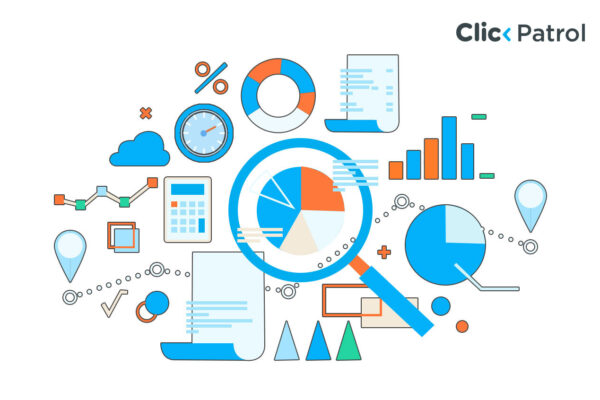
Top paid search campaign management software: Tools to boost PPC performance in 2025
Abisola Tanzako | Jul 10, 2025 | ClickPatrol

Abisola Tanzako | Jul 10, 2025 | ClickPatrol
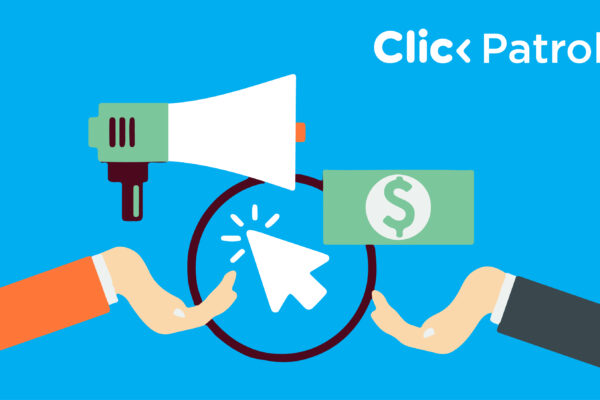
Abisola Tanzako | Jul 09, 2025 | ClickPatrol

Abisola Tanzako | Jul 09, 2025 | New on ClickPatrol
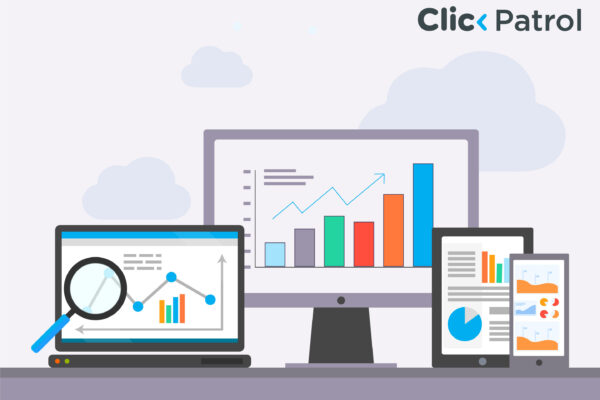
Abisola Tanzako | Jun 19, 2025 | ClickPatrol

Abisola Tanzako | May 25, 2025 | New on ClickPatrol
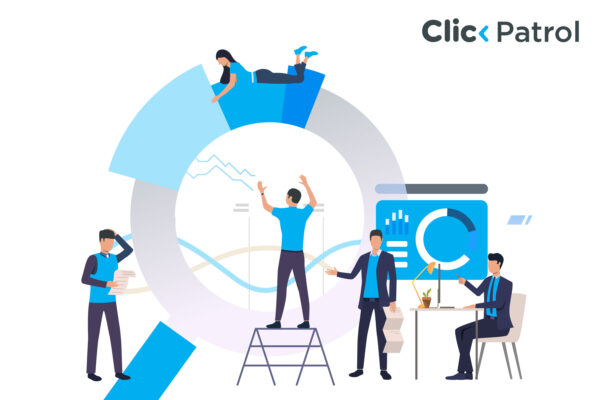
Abisola Tanzako | May 08, 2025 | PPC
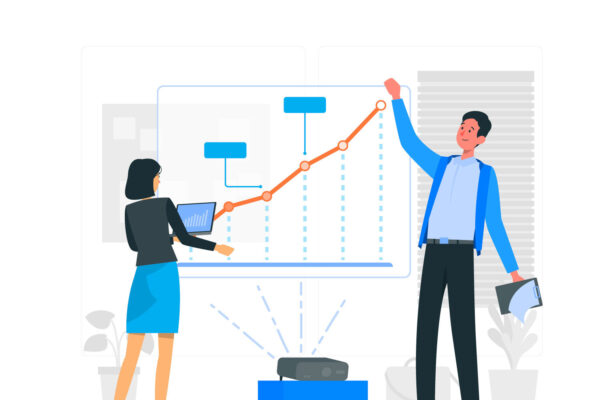
Abisola Tanzako | Apr 25, 2025 | PPC
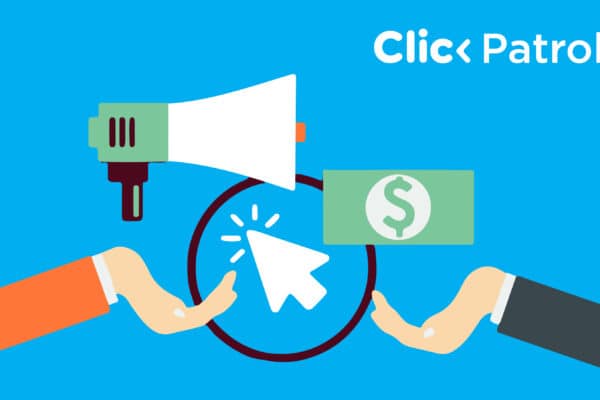
Abisola Tanzako | Apr 21, 2025 | PPC

Abisola Tanzako | Apr 21, 2025 | PPC

Abisola Tanzako | Apr 21, 2025 | PPC